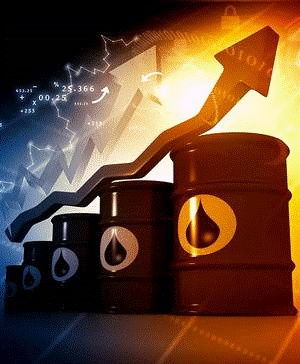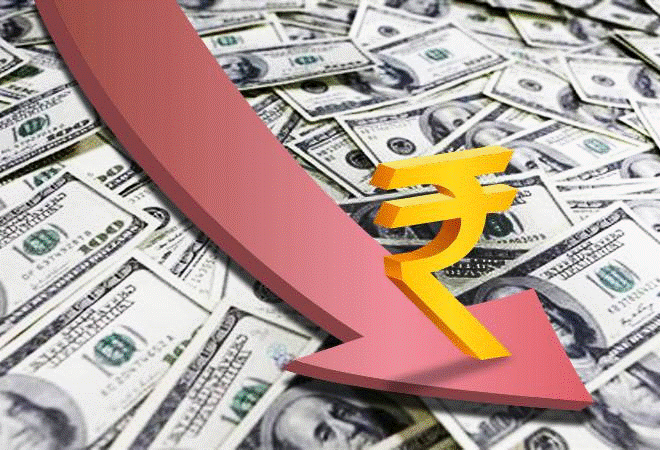

Today’s gradually increasing oil prices have helped drive economic growth in energy-producing nations and supported renewed growth in the global operational technology (OT) industry. However, rising energy prices have not been so good to countries such as India, which – while a major energy consumer – is neither a major energy producer or global OT supplier. In fact, the rising fuel prices are putting additional pressure on India’s falling rupee.
In an interesting book titled The Color of Oil: The History, The Money, and The Politics of the World’s Biggest Business, the chapters are divided into different colors, such as red, purple, green etc. Each color signifies a particular trait – red for blood, purple for royalty, green for the dollar (greenbacks) and so on. The primary colors of oil are money (lots of it), technology (basic but demanding) and people (the controllers and the common man). In India, the color of oil today is green - petrol and diesel prices have set a new record, pushed by a combination of rising fuel prices and the falling rupee. The exchange rate has fallen to a record Rs. 72.45 to a dollar – reflecting a decline of 2 percent this month and 12 percent this year. Petrol prices reached a peak of Rs. 79.15 in Delhi and Rs. 86.56 per liter in Mumbai a few days ago. Diesel rose to its highest levels of Rs. 75.54 in Mumbai and Rs. 71.15 a liter in Delhi. Fuel prices vary from state to state due to local levies.
The appreciation of the dollar against the rupee has also pushed up rates for compressed natural gas (CNG) as well as piped natural gas (PNG) since the price of gas procured by city distributors is mostly dollar-denominated. International crude oil prices, which had somewhat stabilized in the April-June quarter, are on the rise again. In the last fortnight it rose by $7 per barrel and the crude oil futures were trading above $75 per barrel on September 3rd. Considering that India imports over 80 percent of its fuel needs, the rising oil prices lead to a higher dollar bill, and that weakens the rupee. Against this backdrop, India’s current account deficit may widen to 2.8 percent of the GDP this financial year, up from 1.9 percent last year.

International developments and relations also have a domino effect on the Indian rupee. The rupee is the second biggest loser after Russia in the BRICS (Brazil, Russia, India, China, and South Africa) group.
There are fears that the US sanctions on Iran will likely contract supplies; although the price rise has still been limited due to the hope that the increased production by Saudi Arabia, Russia and the US will make up for much of the shortfall. A senior US State Department official said that there will be no concession for allies that engage in trade with Iran. The officials insist that all buyers of Iranian crude, including India, should cut all currency outflows to the country in the form of oil imports by November 4, 2018.

Rising fuel prices have a direct and indirect impact on the economy (in India and elsewhere). The direct impact is obvious: the money spent on fuel increases. The indirect impacts: due to increase in transportation costs, the price of essential commodities (provisions, groceries, etc.) rises. Long-term higher rates will have an inflationary effect, and the government will in turn need to hike the interest rates. Gradually, foreign travel, education, trade (businesses with dealings in foreign currency) will be negatively affected. In a press statement Arun Jaitley, the Finance Minister in India assured the people that the situation does not merit a “knee-jerk” or panic reaction. There is no straight line movement of global crude oil prices; it keeps fluctuating, he said.
The question is for how long will this situation last? The numbers will speak. In this chapter of India’s growth story, the color of oil is green.

